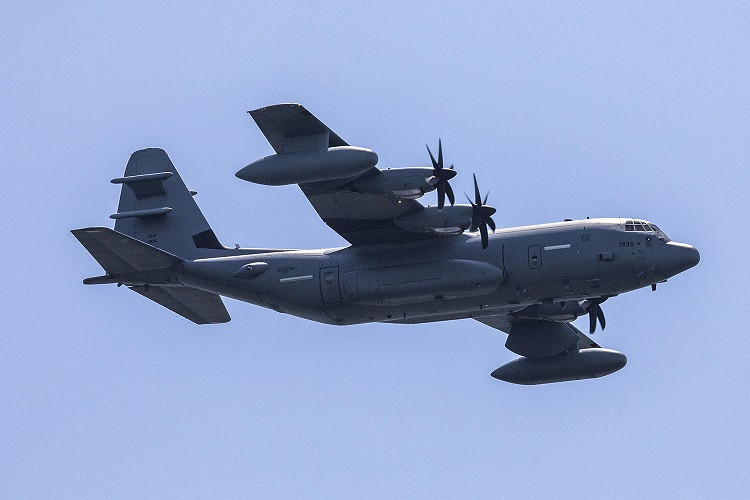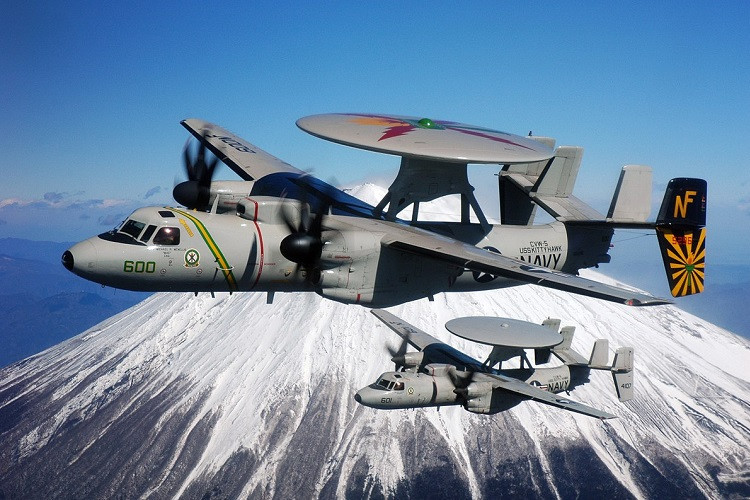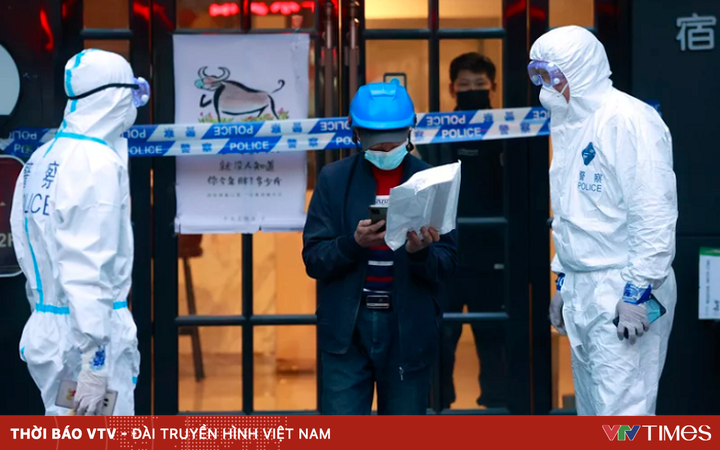Factors that helped NATO prevail in the 2011 Libya war
From March 19 to August 23, 2011, NATO forces led by the US, UK and France carried out Operation Odyssey Dawn to attack Libya to overthrow President Muammar Gaddafi.
Coalition electronic warfare system
NATO mainly uses electronic warfare systems of the air force and navy, in which active and passive reconnaissance and suppression systems are closely linked.
The air force’s electronic warfare system includes a variety of modern electronic warfare aircraft such as EA-18G, EC-130J, EP-3 signal reconnaissance, E-8C battlefield surveillance, command and warning. early airborne E-2C and E-3, reconnaissance Nimrod R1 and Sentinel R1… to gather intelligence, electromagnetic fields, warning of threats, support command and control information systems, suppression Libya’s air defense system.

In addition, strategic (B-1B, B-2A) and tactical (F-15, F-16, F-18…) fighters with electronic warfare support systems have contributed a great deal. It plays an important role in exploiting the electromagnetic spectrum and assists in monitoring the battlefield situation. All electronic warfare aircraft are connected to electronic warfare systems at air bases in Spain, Italy, Great Britain and Greece.
The Navy’s electronic warfare system is composed of electronic warfare systems mounted on warships. These ships are equipped with reconnaissance radar systems and combined electronic warfare systems AN/SLQ-29; jammer AN/ULQ-6; electronic warfare systems AN/SLQ-32, AN/SLQ-30; negative interference discharge system MK-36SRBOC; AN/WLR-8 electronic warfare tracking and recording system…
Before the start of the war, battlefield surveillance activities were conducted quite aggressively, many waves of aircraft such as P-3C, RC-135 … were conducted around the territory of Libya and transmitted information. pulse signal to the base.
Electronic attack
NATO has optimally used electromagnetic energy, directed energy and radiation missiles to attack Libyan forces, destroy Libya’s military infrastructure and equipment, and disable its ability to respond. paid by the Libyan army, reducing the effectiveness of the use of the electromagnetic spectrum for jamming and deception.
Notably, in addition to using satellites in orbit to monitor the battlefield, NATO also uses E-2C, E-3, EA-6B and RC-135 aircraft for jamming, electronic reconnaissance and detect targets; using high-altitude reconnaissance aircraft U-2 and unmanned aerial vehicle RQ-4B to operate continuously for many hours, suppressing Libyan command, communication and air defense radar systems.

When achieving the goal of blinding the radar and causing information disorder for the Libyan army, NATO suddenly used strategic aircraft B-1B and B-2A to bomb and launch Tomahawk cruise missiles at command centers, information… using fighter jets to launch anti-radiation missiles to destroy Libya’s air defense radar.
Electronic protection and electronic warfare support
NATO has used a large number of aircraft in combination with satellites to conduct electronic reconnaissance in different environments continuously before and during combat over wide frequency bands and the most advanced technology.
Specialized electronic warfare aircraft EA-6B, EC-130H suppressed and overwhelmed Libya’s radar systems, missiles and intelligence and information control systems, creating conditions for fighter aircraft to attack. key goals. EA-6B aircraft jammed escort aircraft B-2A attacked many important constructions of Libya.
In particular, for the first time, the US used an EA-18G Growler electronic warfare aircraft carrying radars, antennas and a variety of high-tech equipment, such as AN/ALQ-218 receivers and reconnaissance equipment, AN/ALQ-218 tuner, AN/ALQ-99 radar jammer, Raytheon ALQ-227(V)1 communication jammer, INCANS communication system… causing heavy interference to the environment surrounding environment, creating favorable conditions for combat aircraft to operate, while Libya’s air defense and warning systems were almost completely paralyzed and unable to function.
It can be said that in the use of forces and electronic warfare equipment, NATO attaches great importance to technological advantages, creating the element of surprise to make the enemy unable to turn back, thereby quickly solving the battlefield, winning the victory. victory, minimizing casualties.
However, because electronic jamming and suppression activities are conducted continuously, the devices are easily detected. In particular, increasing the burden of ensuring electromagnetic fusion conditions; the number of duplicate communication channels also increases, complicating radio suppression; Although the command and control system of weapons is modern, it also exposes many vulnerabilities.
Nguyen Phong
at Blogtuan.info – Source: vietnamnet.vn – Read the original article here



